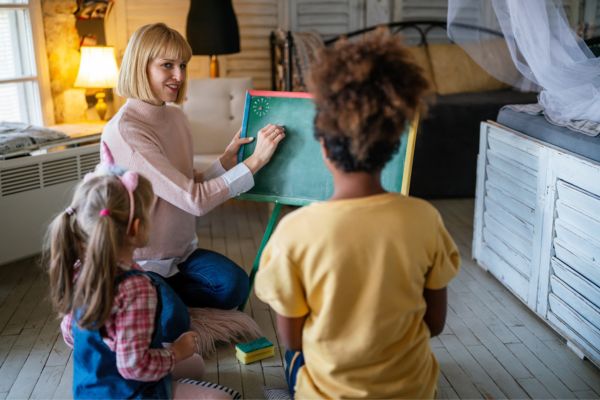
Effective problem-solving is one of the most helpful life skills we can teach kids. It helps them develop positive solutions to the challenges they face with family, friends, in school, on teams, and countless other situations. Kids as young as five can participate in simple brainstorming sessions. As you can imagine, brainstorming with kids, especially when they’re just learning the process, is not a straightforward thing. Here are some guidelines to help move towards workable solutions.
1. All ideas are welcome
This is the basis of brainstorming in general, and it’s the foundation of brainstorming with kids. They will be silly and you’ll immediately recognize that many or most of their ideas won’t actually solve the problem. Resist the urge to shut them down. Capture all their ideas on a whiteboard, chalkboard, or whatever else lets you write them all down in one place the group can see. As kids get older and more experienced with brainstorming, their silliness and fancifulness will transform into outside-the-box, creative solutions that have real potential.
2. Set a time limit
Many kids love brainstorming and will keep going even after several ideas have been captured. Use a timer to set a 20 or 30-minute limit, 5 or 10 minutes for younger kids. Make sure everyone knows the limit before you get started.
3. Make sure everyone gets a chance
Usually in a group of kids, there’s one or two who have a harder time getting their ideas heard. Make sure you make space for those kids to be heard, especially if there are big talkers in the group, too. It’s important that everyone has the opportunity to participate. The learning isn’t just about creating ideas, it’s about gaining confidence in sharing your ideas and their potential to solve problems.
Brainstorming is the first part of the problem-solving process. Stay tuned for next tip on turning the ideas into working ideas.